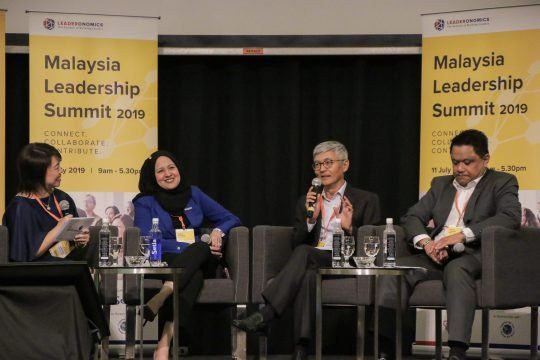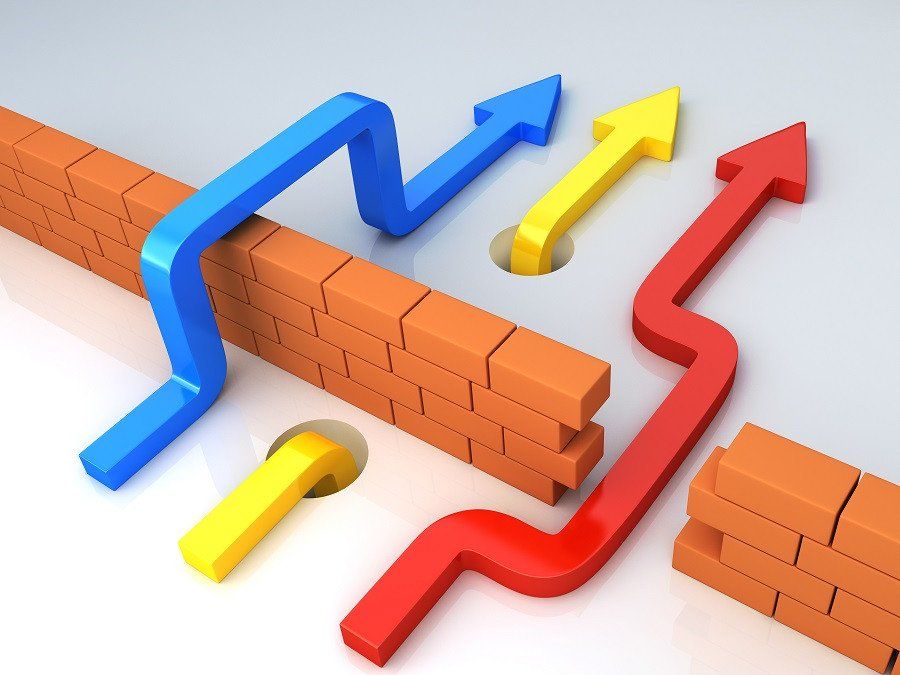Managing Diverse Personalities

 Photo credit (above): Steve Wilson | Flickr
Photo credit (above): Steve Wilson | Flickr
What’s age got to do with it?
Dealing with different personalities on a day-to-day basis can be challenging; be it with family members, friends, teammates or business acquaintances.
Personality consists of a combination of qualities, traits, thoughts and behavioural response patterns of an individual, which are unique to a specific person.
For effective assimilation, these diverse personalities ought to be understood by a leader in order to deal with personality conflicts, as well as identify the right person for specific tasks.
This may involve more than profiling the personalities according to the age bracket, as personalities evolve as we experience different life events, parenting styles, personal successes and failures.
In the profiling process, it is inevitable to find a co-relation between the personality and the era to which an employee belongs.
As shown in a survey by EY in the United States in Sep 2013, more than 1,200 professionals across generations and industries finds that Baby Boomers are hard workers and ranked the highest in productivity, but do not adapt well.
Gen-Xs are perceived to be entrepreneurial-thinking, the most effective managers and scored the highest when it came to adaptability, the ability to collaborate, and being a revenue generator and problem-solver, but scored low on being cost-effective.
Gen-Ys, or the Millennials, are the most tech savvy, the most enthusiastic and know how to use social media to leverage opportunities, but aren’t great team players.
Importance of Personality Diversity
While leaders may grapple with the handling of differing personalities, mindsets and communication styles, the diversity is essential and even encouraged to maximise the level of performance if correctly identified and properly managed.
1 Harnessing strengths to build teams
Most of the time, we view issues from our own paradigm, but being part of a team would require individual perspectives to be brought forward to a team environment in order to harness each other’s strengths, leverage on personality differences and manage weaknesses towards a common goal.
The positive and negative traits in personalities would offset one another, complement each other, and lead to synergies.
2 Deep-level diversity vs surface-level diversity
Dr. David A. Harrison, winner of many research accolades and the brain behind numerous articles, books, reviews and papers on diversity in organisations, studied the contrast between “deep-level diversity” and “surface-level diversity.”
“Deep-level diversity” consists of the attitudes, beliefs, values and commitment to the organisation, as opposed to “surface-level diversity” which includes traditional categories such as race, gender or age.
According to Harrison, the more team members work together and engage in high-quality informational interactions among themselves, the more they would learn about each other’s deep-level characteristics and subsequently develop more meaningful, richly-functional relationships.
The study found that “increasing levels of collaboration can reduce the impact demographic differences, including age, on team performance” and that “deep-level diversity surface more clearly”.
DO:
Create a mentoring system
Encourage cross-generational interaction by encouraging juniors to make a conscious effort in seeking the experience and wisdom of seniors who are usually more meticulous, dependable and emotionally stable.
Seniors can also look at issues in fresher perspectives through their juniors.
Allow flexibility
Different generations in different life stages may require a certain flexibility to manage their personal time and matters.
For instance, those near retirement may prefer lesser working hours in exchange for reduced pay.
Team members can decide what is important to them based on their personality and circumstances, while being placed on the same scale to measure success.
Accommodate different learning and working styles
Static training methods like presentation slides and handbooks may appeal to Boomers, but the later generations may gravitate towards more interactive, technology-based forms of learning.
While Boomers may prefer being physically present in the office, Millennials may prefer a more balanced life and opt for unstructured work settings such as cafés.
Encourage open communication
Regardless of age and tenure of service, everyone should have a voice to engage in forums to present ideas, concerns and complaints.
Tailor recognition programmes
While a simple pat on the back or a positive email can help boost productivity with Gen-Xs, a memo that announces an achievement may bode well with the Boomers.
DON’T:
Expect others to change or attempt to change them
Their personality is who they are.
Make assumptions on ability based on personality
A quiet and soft-spoken person does not mean low self-esteem. Don’t be surprised that he/she might be the one with the most compelling ideas once out of his/her shell.
Blanket stereotype character problems
For example, immaturity, laziness, and other characteristics are not generational traits.
Apply a blanket communication method
Boomers may prefer to communicate face-to-face, while Millennials grew up accustomed to emailing and sending instant messages.
Appear arrogant or overconfident
Lead by portraying strength and confidence rather than being over-the-top, as arrogance may not bode well with team members with stronger personality or the older generation.
Handling different personalities requires a leader’s attentiveness to what makes each member tick, the ability to be adaptable to the diverse personalities to bring out the best of each member, and the instilling of a spirit of collaboration and sense of commonality in order to record greater achievement collectively.
Originally published in The Star’s MyStarJob pullout on 4 October, 2014.
You can get in touch with Cindy at editor@leaderonomics.com.
Business




